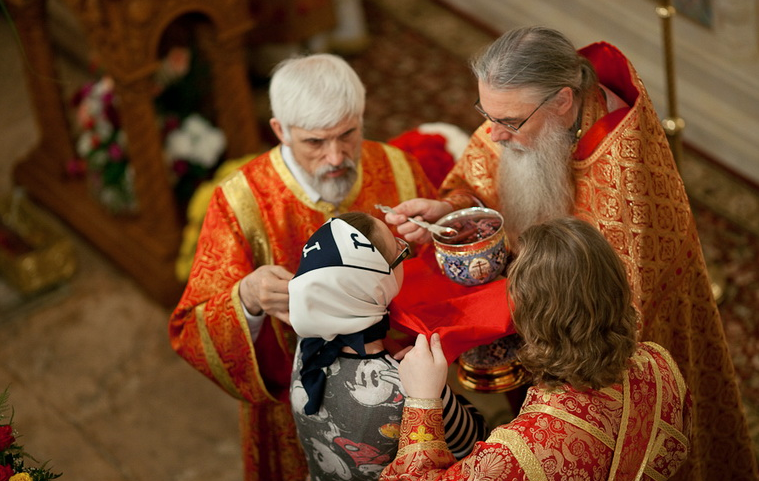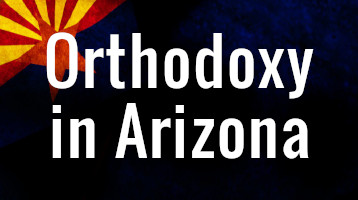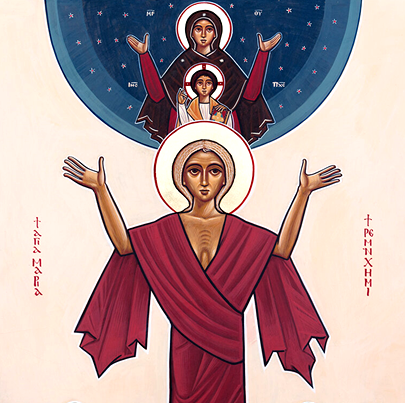
by Abbot Tryphon
Closed communion protects those who do not hold to the Church’s teachings regarding the Holy Mysteries
When a stranger approaches the Holy Gifts during the celebration of the Divine Liturgy it is the norm in the Orthodox Church for the priest to ask the person to “kiss the chalice”. Not knowing if the person is Orthodox, or whether they are in good standing with the Church, the priest can not give them communion. This “closed communion” is not meant as a way of separating ourselves from visitors as though we were better than them, but as our way of guarding the Holy Mysteries from being received by someone who is not part of the Church and who may hold to views concerning the Eucharist that are in opposition to the teachings of scripture and the dogmas of the Ancient Apostolic and Catholic Church.
Priests are guardians of the Holy Mysteries and must make sure they are not defiled. The priest must also protect the person who may receive without proper preparation and belief. Every Orthodox Christian is expected to have prepared for communion by abstaining from all food and drink from midnight on, as well as having said the pre-communion prayers. A good confession is also an important part of proper preparation for Holy Communion.
When a person believes that the things which we teach are true and has received baptism in the Orthodox Church unto regeneration, and who is living a life in Christ, the communion is not simply common bread or common wine we are receiving, but the very Body and Blood of the Saviour. The Logos (Word) Who took on our flesh for the salvation of the world, is received into our bodies through the action of the Holy Spirit and the prayer of His word (this is my body….this is my blood). At this moment our blood and flesh, by transmutation, are nourished with the flesh and blood of Jesus who was made flesh.
Closed communion is the way the Church protects anyone who does not hold to these beliefs from receiving unworthily and therefore hurting their soul. As well, when the priest co-mingles the commemoration particles after the communion of the faithful, with the Body and Blood of Christ, he commemorates the union we have with each other as members of the Body of Christ, the Church. This union is not just with those who are communing with us in this Liturgy, but a union of both the Church Militant here on earth, and the Church Triumphant in heaven. Within the life of the Church there is no separation from each other at death. The Body of Christ is made up of both those who have gone on before us and those who are still alive, for we are all alive in Christ. In a very real way we are not only communing of Christ’s true Body and Blood, but we are communing of each other as the Body of Christ, the Church!



